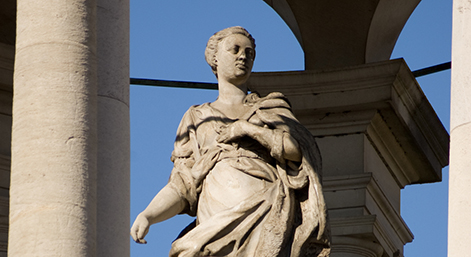Recently Updated Blogs
Exercising Self-Care During School and University Exams As exam season approaches, the pressure mounts, and the temptation to push yourself to the limit can be all-consuming. But amidst the whirlwind of revision notes and practice papers, it's crucial to prioritise your well-being. Taking care of yourself isn't just a luxury;…
Our Experts' Tips for a Productive Easter Holidays As the Easter holidays approach, students find themselves at a crucial juncture in their academic journeys. Whether you're in the final stretch of your A-levels, gearing up for university applications, or navigating the waters of GCSEs, this break offers valuable time for…
Changes to Cambridge Entry Requirements Big news from Cambridge University! The renowned institution has recently updated its admission policies for the 2025 entry cycle. Aiming to strengthen its reputation for academic excellence, Cambridge has revised its grade requirements and offers for prospective students. This adjustment reflects the university's ongoing commitment…
How Will my GCSEs Impact my University Application? For many students, the thought of university often feels like a distant dream, especially when navigating the challenges of GCSEs. These foundational exams, undertaken in the early years of secondary education, may seem worlds apart from the lofty halls of academia awaiting…
Which A-Levels should I take? As you say goodbye to GCSEs and march onwards into your final two years of school, you will inevitably be faced with the task of deciding which subjects you want to study at A-level. Whilst you’ve probably had a little bit of practice already when…




